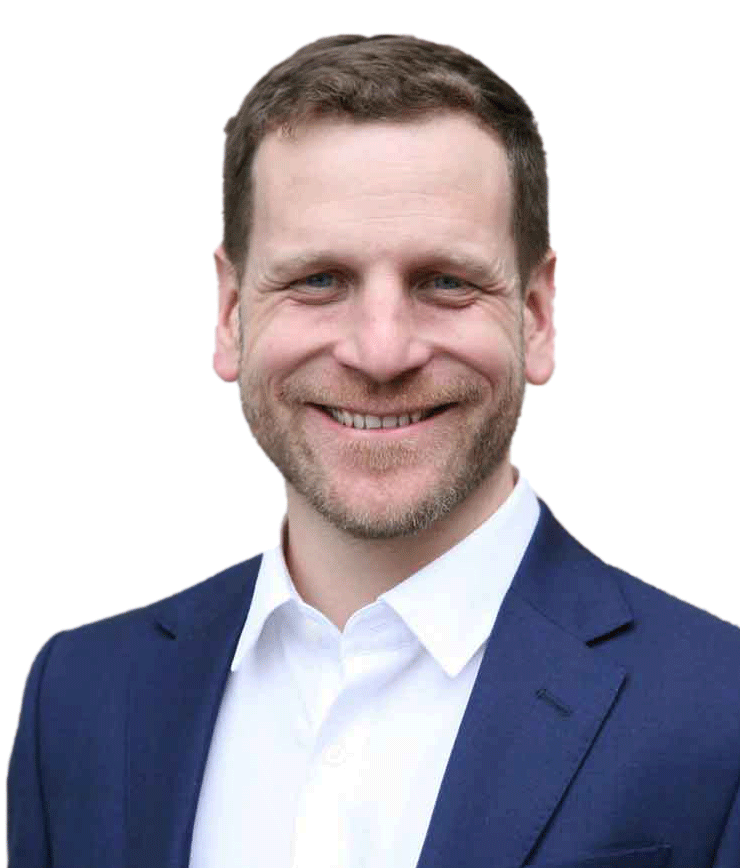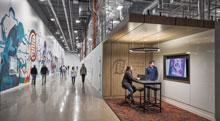
Work After Place: Technology Will Topple The Traditional Workplace
The workplace design community has facilitated the transition from a workplace as a fixed destination to a workplace as a fluid experience.
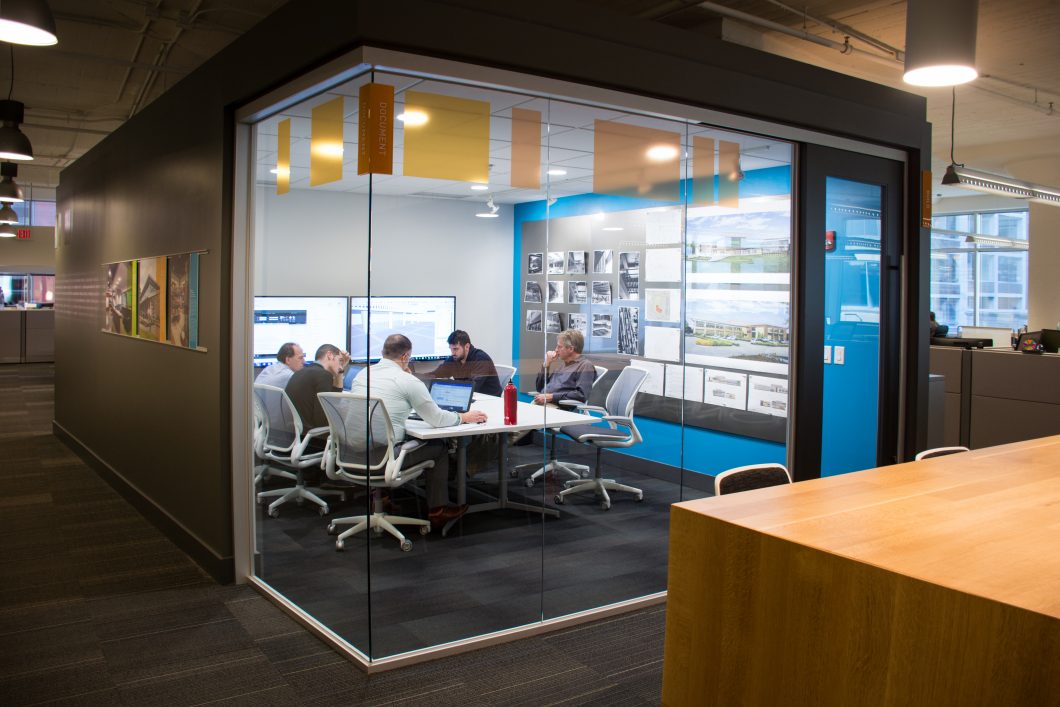
Workplace Sensors can determine occupancy, send data in real-time to an analytical platform, and integrate with BMS.
Always on and burnt out. That’s the current state of the workplace. Ubiquitous Wi-Fi, cloud-computing, smartphones, thin clients, high-powered laptops, and video-conferencing software connect people the world over. In great numbers, the workforce has truly become nomadic, moving from meeting to meeting, office to office, workplace to workplace. These digital drifters are no longer bound to their work in a physical way. Thanks to technology, both in terms of accessibility and immediacy, there are no boundaries, no rules, and minimal obstacles to getting jobs done, regardless of the time of day, day of the week or physical locality.
Workplace as a fluid experience
As the tools changed, so did the composition of the work itself. Accordingly, the workplace design community has facilitated the transition from a workplace as a fixed destination to a workplace as a fluid experience. And, in the process, designers have grappled with the seeming incompatibility of “everywhere, all of the time” with the real limits of human performance. Employers want and expect people to collaborate, contemplate, execute and socialize, and they want them to do it now! It’s exhausting—so exhausting that burnout is now commonplace enough to be classified as an officially diagnosable condition by the World Health Organization.
In response, workplace design has rallied around activity-based functions and well-being strategies as cure-alls for the contemporary workplace. While this complimentary set of ideologies has largely prevailed, there is yet another wave of technological progress that promises to shift the conversation yet again. The focus centers around the Big Data revolution, including sophisticated analytics, machine learning, artificial intelligence, and the looming specter of automation that threaten to challenge the very nature of human work in the near future.
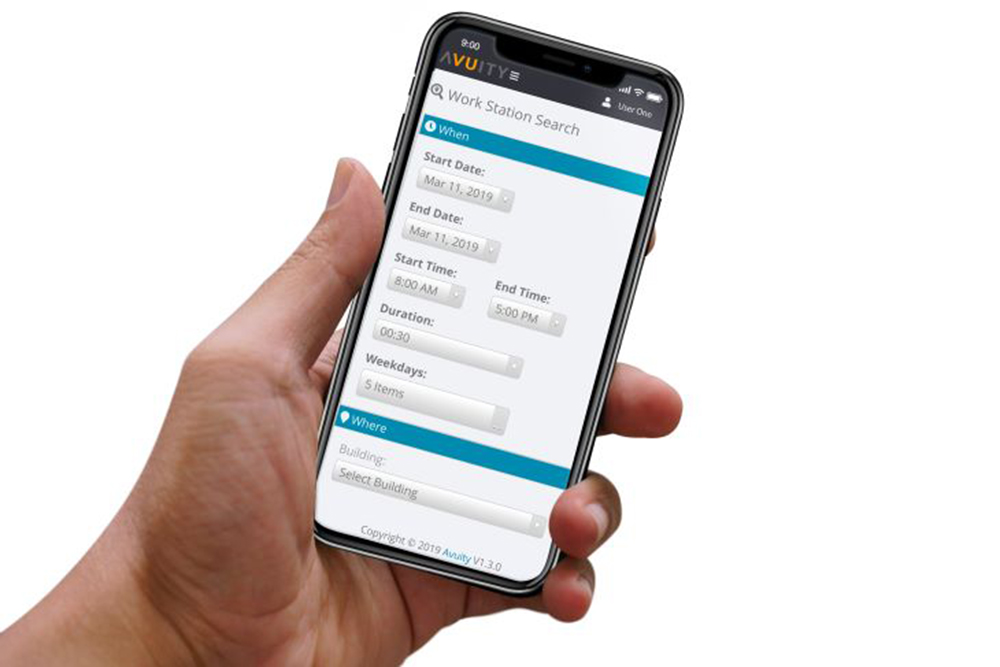
Mobile apps can serve as digital assistants to employees, facilitating a more seamless, integrated, and frictionless experience.
From bits to bots
From the trading floors of Wall Street to the shop windows of Main Street, businesses flourish or fail based on their ability to assemble and capitalize on information while serving fluctuating markets. If the data wars of the last ten years have taught us anything, it’s that the vast pool of personal data in the digital world can be honed into a tool with the power to shift global economies. Data is the world’s most valuable resource, and the world’s data set is exponentially expanding at a mind-boggling rate. With Big Data challenging the limits of human comprehension, innovators have built non-human tools to help us understand and exploit its economic potential. Data science, machine learning, and artificial intelligence are new business holdings that challenge old world management platitudes like “people are our most greatest asset.” The truth is a well-structured algorithm might be more valuable than an entire workforce.
The pessimistic view is that machines are coming for our jobs, but the upshot is they are taking jobs we are most ill-equipped to perform, anyway. The days of data entry and data processing are now inked in the yellowed pages of our twentieth century history books. Creativity is the new superpower. While algorithms and artificial intelligence are best-suited to optimize and systematize old ideas, winning enterprises in the twenty-first century rely on human ingenuity to identify new opportunities. They recognize the capabilities of humans and machines alike and apply them in new and exciting ways.
The next generation workplace cultivates collective intelligence and nurtures human interaction with a seemingly infinite amount of information. As a result, notions of a fixed workplace simply no longer work. It’s not about open or closed, present or absent, private or public. Yes, those questions still linger, but they are on the lagging end of the adoption curve because the conversation has shifted. Organizations on the leading edge are exploring technology and real estate strategies that have the potential to dramatically and irreversibly restructure the landscape of work itself. Emerging technology is poised to topple the traditional workplace by targeting the balance sheet in four ways:
- CAP EX: Enables companies to optimize or even forego capital expenditures in fixed assets
- OP EX: Roots out operational inefficiencies and reduces operating expenses through automation
- UX: Creates rich, nuanced user-experiences
- PX: Fosters stronger overall performance by facilitating the specialization of tasks amongst humans and machines
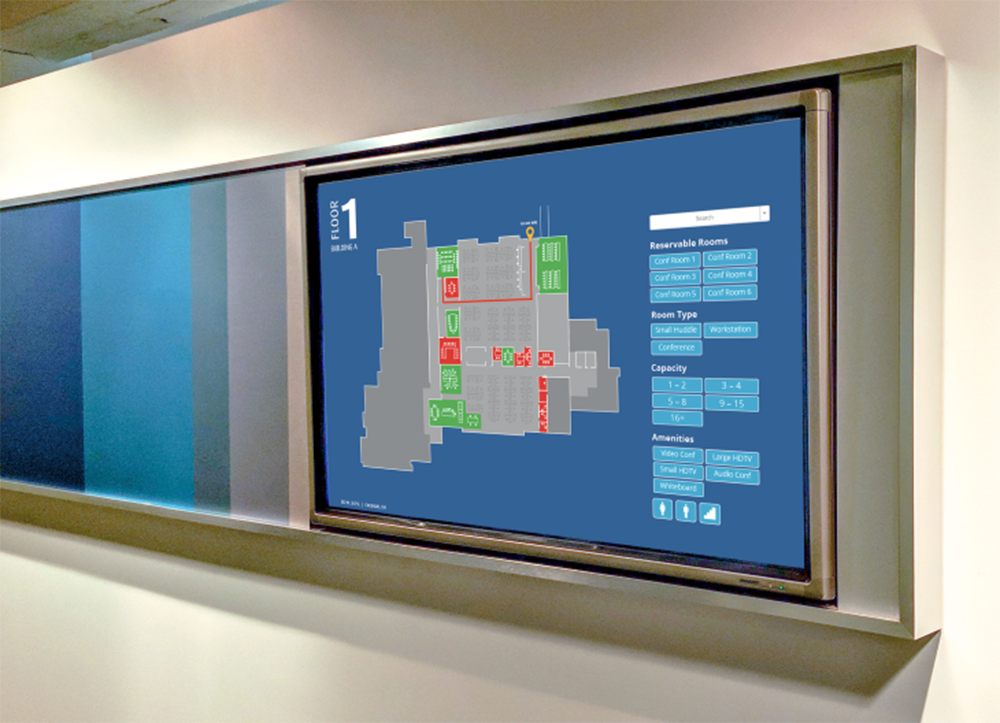
Live floor plans and touch screen displays help users locate rooms, people, and amenities.
Space on demand
Work is becoming increasingly fluid, with the liquidity of the workplace often at odds with the inflexible nature of fixed assets like real estate. While the majority of corporate portfolios consist of leased space, increasingly, corporations are adopting co-working as a complimentary component of their future growth strategies. Space on demand offers organizations a quick, affordable, disposable real estate option to minimize capital expenditures. As a result, companies can invest in technology to accelerate core business services. The PropTech movement is aimed squarely at restructuring the fundamental nature of the real estate market by enabling organizations to make smarter, faster, more financially prudent decisions with their real estate portfolio. With real estate being the primary component of the largest industry sector in the United States, even slight deviations from the historic norm have the potential to dramatically alter the landscape.
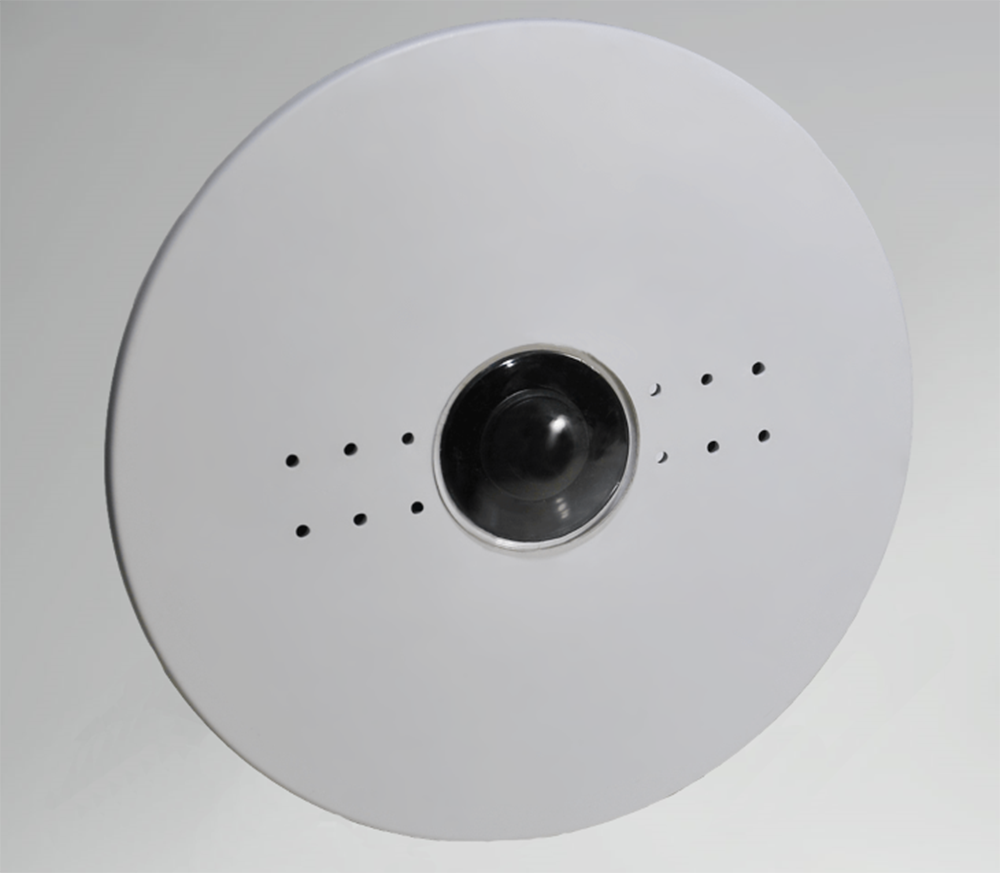
Sophisticated sensors use IoT and Artificial Intelligence to detect the presence of people and objects, and determine humidity, sound, and light levels.
The automated workplace
While the debate around work-from-home vs. work-from-here has largely quieted, the emergent truth from that back-and-forth is that people want flexibility and choice. To meet those demands, organizations are continuing to adopt flexible workplace strategies including activity-based working, neighborhoods, and agile environments. The fluid nature of these workplaces is naturally at odds with the rigid reality of walls, windows, furniture, and furnishings. Forward thinking organizations are beginning to monitor employee activity in their environments using a combination of sensors and scheduling applications to understand where and how people are using space. When combined with the right analytics and connected to better building management systems, the immediate benefit to these technologies is reduced operating expenses and more efficient work processes. Smart buildings know when and where to exert energy. There is a secondary, longer-term benefit, though. When paired with modular, mobile workplace components and the right workplace services team, organizations can modify portions of the workplace on the fly. When done so, CRE is positioned as a partner to the business, rather than an obstacle for the business to overcome.
The experience factor
Everyone is talking about experience. It’s a complex, nuanced topic that takes into consideration emotional and aesthetic dimensions. That said, there are still practical ways that technology can facilitate a more seamless, integrated, and frictionless employee experience. For people working in flexible workplace environments, a real source of anxiety is knowing when and where to be at any given moment, feeling confident that space will be available when needed, and that co-workers will be present and available to collaborate at the right time. Imagine if everyone had an administrative professional at their service. Workplace applications in development aim to serve as those digital assistants. By bridging the divide between individuals, calendars, room management systems, and workplace sensors, applications aggregate information, perform analysis, and provide recommendations to employees. They eliminate unproductive time scheduling meetings. They reduce search time. They function as reliable aids and can even recommend workplace settings to compliment the type of work being performed.
Superhuman performance
The holy grail of workplace strategy is quantifying the role that space plays on human performance. In many ways, it’s a fool’s errand. As people begin to partner not just with other people but also with artificial intelligence, it’s about to get a whole lot more bizarre. However, that doesn’t mean we shouldn’t try to take advantage of emerging trends and opportunities. Increasingly, people are using technology to boost their physical activity, manage their diet, improve the quality of their sleep, and now predict the type of day they will have based on their recovery levels. Since the days of Taylorism, management has sought to increase the productivity of the human workforce. Aided by new technology, there might be a segment of the workforce interested in managing and maximizing their own performance. While the concept of executives as corporate athletes is a bit dated, emergent technology provides people with real data to build improvement plans.
It’s a bit too soon to state that management will be the next to be “Moneyballed.” At a minimum, though, organizations will continue to see the workforce leverage technology to eliminate the mundane, frustrating, and confounding parts of their work. As work shifts away from administrative tasks and toward higher-value, higher-order activities, expect the expectations of the workplace to evolve with it.
Originally published in Work Design Magazine.

